Mitral Regurgitation
There are 4 valves in the heart. The valves are essentially one way doors which make sure that blood flows in the correct direction. The mitral valve is one of these valves. It allows blood to flow from the chamber of the heart known as the left atrium to the left ventricle.
The left atrium contains blood which has just returned from the lungs and which is rich in oxygen.
The left ventricle is the main pumping chamber of the heart. It pumps the oxygen rich blood to all the organs of the body.

Low Pressure
In nature, some types of door close at the slightest touch. One example is the Venus Fly Trap.
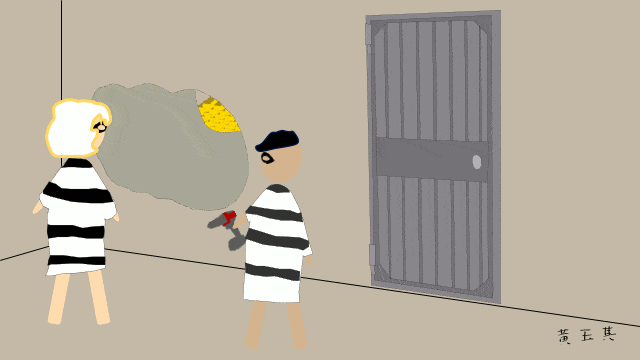
High Pressure
On the other hand, some doors are so difficult to open, it is easier to try and go round them.
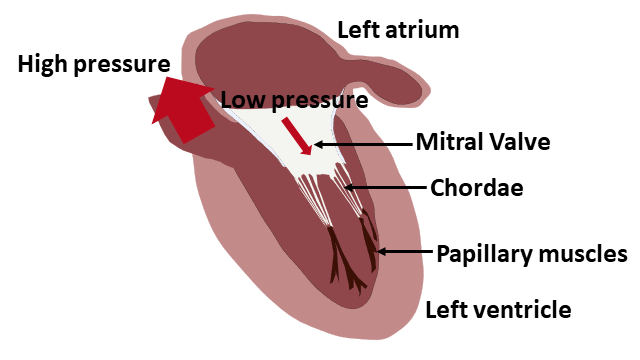
Low and High Pressure
The mitral valve is beautifully engineered. It has to open at very low pressure to allow blood to fill the left ventricle from the left atrium. When the left ventricle is contracting and ejecting the blood out, the mitral valve has to close and withstand a pressure which can be more than 10 times higher.
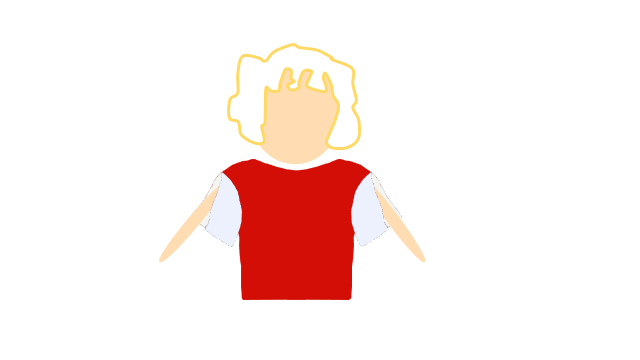
A Sleeve
The mitral valve is similar to a sleeve. Blood flows through it just like an arm through the sleeve of a dress.
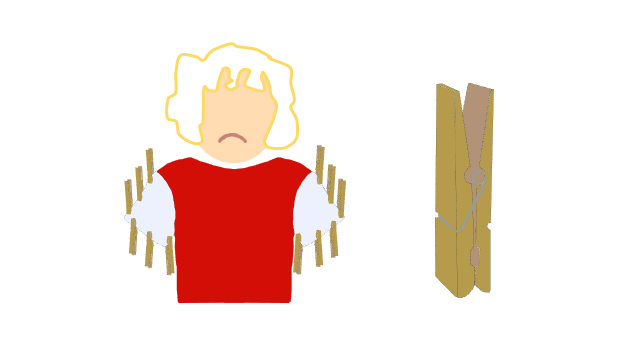
Closure of the Sleeve
The “sleeve” is inside the left ventricle. When this contracts, the high pressure around it closes the sleeve and stops the blood flowing backwards through it. It is as if the sleeve has been pegged closed.

Preventing Prolapse
When the left ventricle contracts, the high pressure may cause the mitral valve to prolapse backwards. To prevent this, the mitral valve has “chordae” which are like the strings of a parachute. These are connected to special papillary muscle which prevents prolapse.

Progression of Disease
Unfortunately, things can go wrong. The tissue of the mitral valve may deteriorate with age. The chordae may snap. The papillary muscles may die because of a heart attack. Although the mitral valve can deteriorate suddenly, it is fortunate that deterioration is usually slow and it may be years before symptoms develop and before treatment is required.
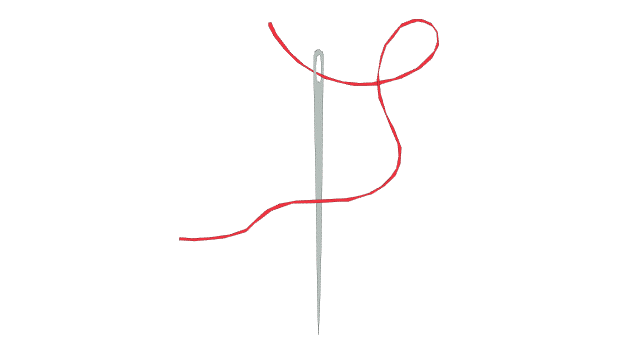
Treatment of Mitral Regurgitation
The most common problem with the mitral valve is mitral regurgitation. This is when blood leaks backwards from the left ventricle to the left atrium. Possible symptoms include shortness of breath. Heart failure and atrial fibrillation may develop.
When mitral regurgitation becomes severe, the valve can sometimes be repaired but it may need to be replaced.
In summary, mitral regurgitation is the most common presentation of mitral valve disease. Fortunately, it tends to get worse slowly and usually, the disease is followed up by regular echocardiograms. Echocardiograms may be done at intervals of a year or less frequently. On the other hand, scans may be needed more frequently as the disease starts to become severe. Surgery is usually an effective treatment.
When patients have any type of valve disease including mitral regurgitation, it is important that they keep good dental hygiene and see their dentist regularly. This is because chronic infections including chronic dental infections can spread to damaged valves and cause a serious condition known as endocarditis. Some patients may need to have antibiotics before any dental procedure that causes gum bleeding.